How to Add Value to Your Home Through Renovation
“The value increase of real estate depends on various factors, both controllable and uncontrollable,” explains real estate agent Alexander Rödel, who works with the property company Happy Homes by Rödel. He distinguishes between investment properties and owner-occupied homes. “For investment properties, rental price development plays a decisive role. With the income capitalization method, the property’s value is determined on the basis of expected rental income – the higher the rent, the higher the value,” says Rödel. To calculate this, one must consider all factors that increase the net cold rent. The property’s condition and level of equipment are especially important – for example, whether it is well maintained or recently renovated.
Property Value Calculation for Owner-Occupied Homes
For owner-occupied properties not primarily used as investments, the cost approach is more common.
“With the cost approach, the property’s value is determined not by potential returns, but by factors such as building age, construction quality, and interior standards. Older buildings often face higher maintenance and renovation costs, which reduce value,” Rödel explains.
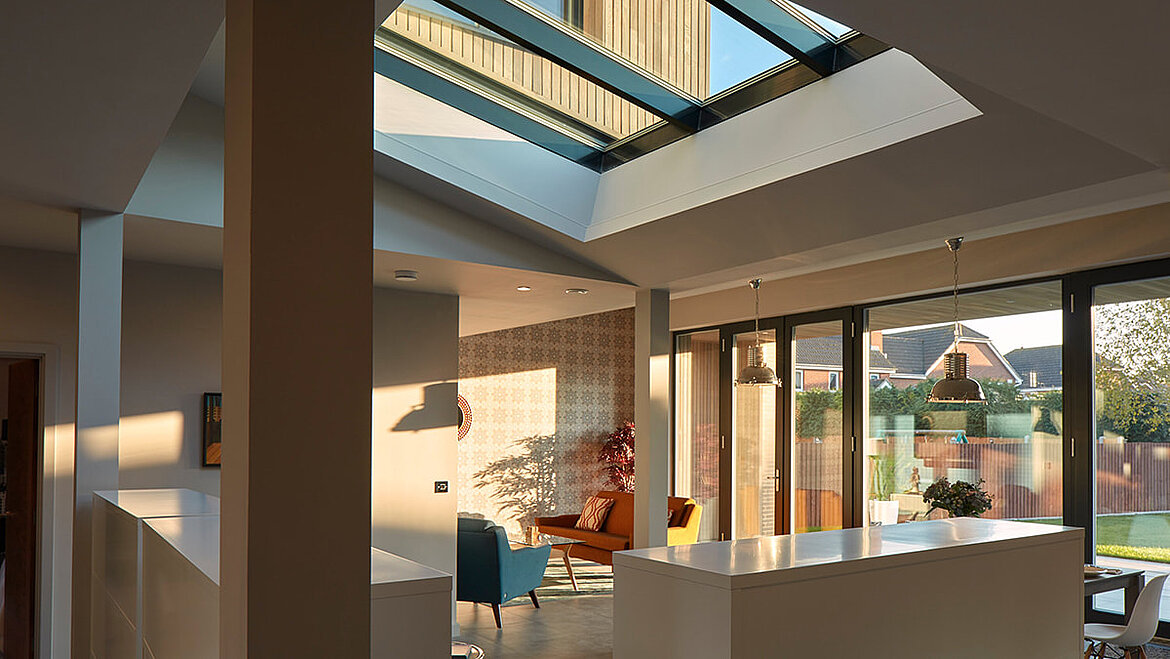
A well-preserved building structure therefore increases the home’s value and reduces future renovation expenses. High-quality materials and modern features such as new kitchens or renovated bathrooms also contribute to value appreciation – as do energy-efficient renovations.
External Factors Affecting Value Appreciation
Not every aspect of how to add value to your home can be influenced by the owner. Some decisive elements lie outside personal control:
- Location of the property
- General market development
- Interest rates, inflation, and economic conditions
“These factors cannot be changed by the owner or investor, but they play a decisive role in the long-term development of value,” Rödel explains. “Properties in central locations or with good transport links are usually more valuable than those in less accessible areas,” Rödel emphasizes. Other important aspects include interest rates, inflation, and overall economic conditions, all of which impact real estate values. Even rooftop terraces can add to a property’s appeal and increase its market value.
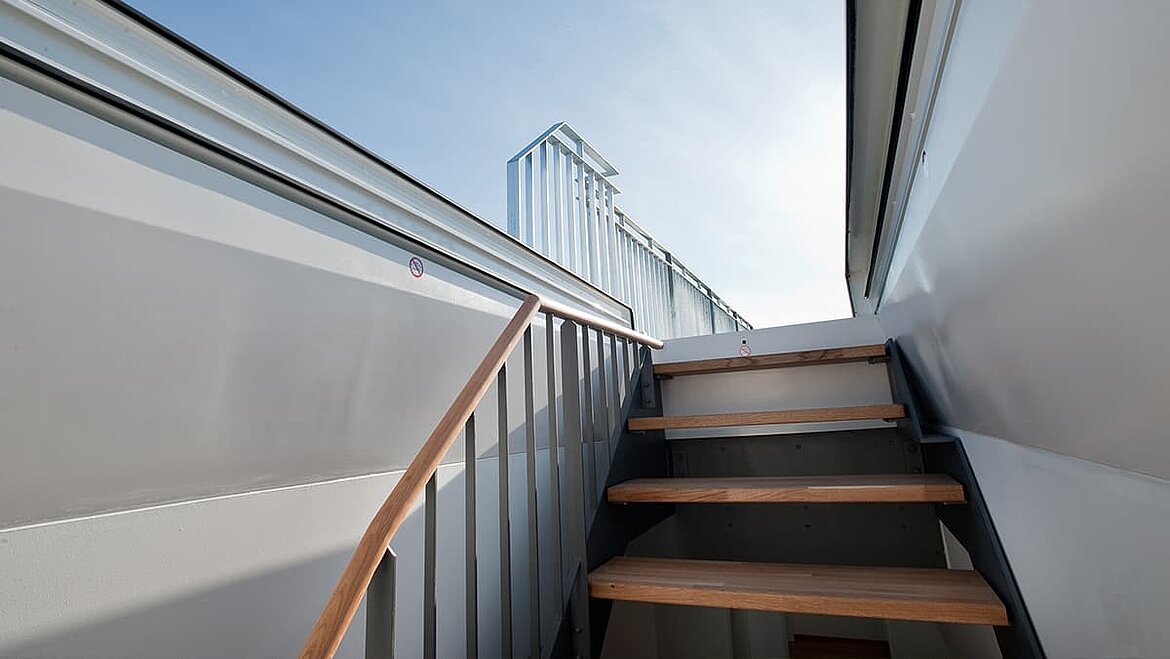
Increased Property Value Thanks to a Rooftop Terrace
A rooftop terrace is more than a luxury – it increases property value and creates additional living space. Whether as a lounge, outdoor kitchen, or garden alternative: Find out why the investment is worth it!
Learn More About Increasing Property Value with Rooftop Terraces!
How to Add Value to Your Home Through Regular Maintenance
A solid basis for long-term value appreciation is regular maintenance. Timely repairs prevent costly damages.
A practical schedule looks like this:
- Spring and fall: Clean gutters and downpipes to ensure roof drainage.
- Once a year: Inspect the heating system, exposed wood structures, and roof connections.
- Every three years: Check wooden windows and doors, chimneys, exterior plaster, and facade paint.
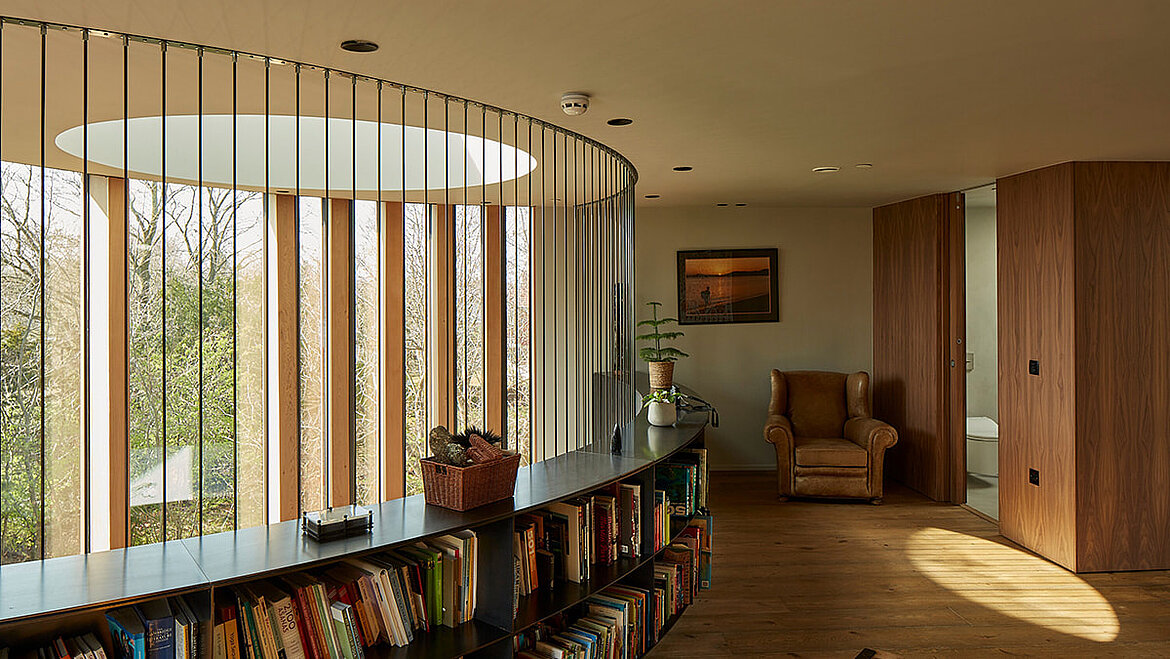
- Every five years: Review all pipework, radiators, plastic doors, and the roof structure.
- Every ten years: Examine wooden floors, interior plaster, tiles, sanitary ceramics, partition walls, and light wells.
How to Add Value to Your Home Through Energy Renovations
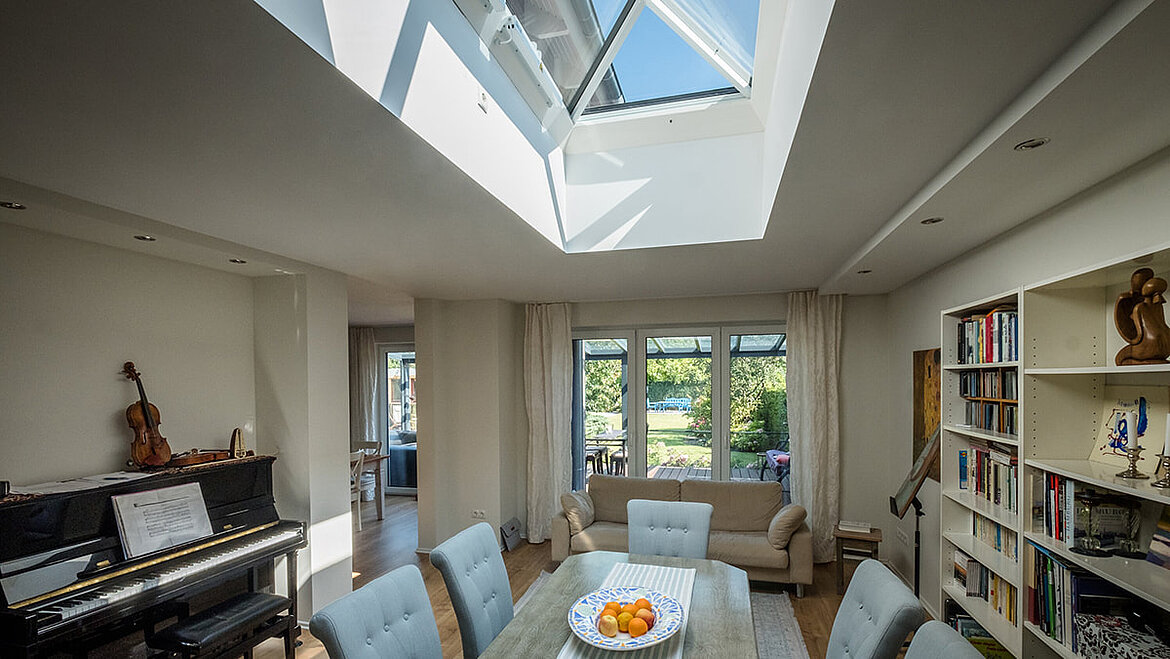
Energy-efficiency renovation measures play a major role in a property’s market value. Appraiser Karl-Heinz Schmidt underlines this and his statement reads:
“The aim of a comprehensive renovation is to extend the lifespan of a building, increase living comfort and reduce energy consumption. In this way, a renovation can preserve — and even increase — the attractiveness and value of a property.”
Karl-Heinz Schmidt is active nationwide as an appraiser for value development and in acquisition-and-sale consultancy for residential and commercial properties. According to him, this applies equally to residential, commercial and public buildings.
Rödel, however, points out usage-related differences and stresses the special conditions for public properties:
“Public buildings often face stricter requirements for energy renovations because they are tied to the public sector’s sustainability mandates. Long-term savings and sustainability are therefore more important than short-term increases in property value.”
Renovation ROI: How Much Value Can Be Added?
If a building has no more than two separate apartments and the owner has lived in one since February 2002, the future buyer is responsible for insulation. Rödel explains: “For buyers, it’s important to know whether these renovations have already been completed, because otherwise, the costs are added to the purchase price.” According to the German Building Energy Act (GEG), important energy measures include insulation of the top floor ceiling or roof (§ 47 GEG), insulation of heating and hot-water pipes in unheated rooms (§ 71 GEG), and replacing oil or gas heating systems older than 30 years (with exceptions, § 72 GEG). Rödel estimates that completing these measures can raise a property’s value by around 25%, thanks to significantly improved energy efficiency. Still, both Rödel and Schmidt warn of the high costs involved and recommend consulting an energy advisor, who can also provide information about available federal and state subsidies.
Increasing Property Value With Natural Daylight
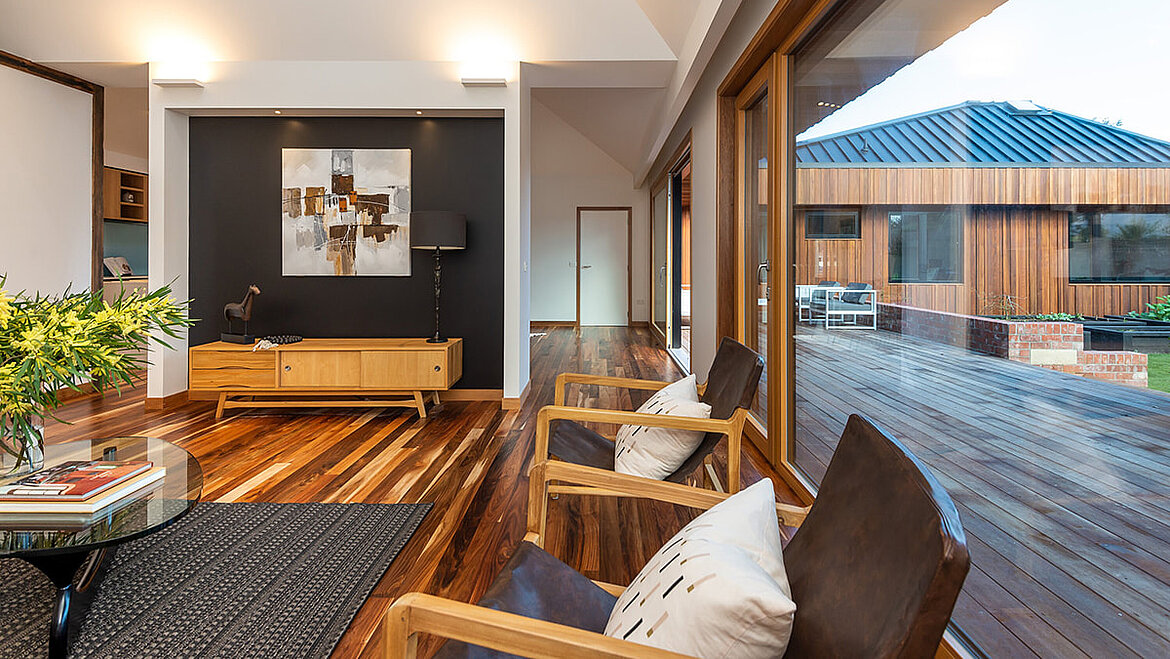
Energy efficiency isn’t the only factor in how to add value to your home. Natural daylight can also make a decisive difference. Especially in older, darker buildings, modern windows and advanced skylights from LAMILUX deliver strong value-added benefits for daylight buildings and contemporary natural light architecture:
- Natural light and fresh air improve indoor climate.
- High insulation ensures better energy savings.
- Integrated smoke and heat exhaust systems (SHEV) improve safety in case of fire and enhance efficiency.
In modern architecture, integrating natural light into buildings creates healthier environments while also increasing their resale value. Thoughtful natural light design is now seen as a key element of value retention and how to add value to a home.
Rödel and Schmidt agree on the importance of this development: “The increasing relevance of energy renovations is clear from the constant innovation in technologies – including daylight systems. They increase property value and at the same time make a valuable contribution to climate protection. LAMILUX sets a great example here.”

